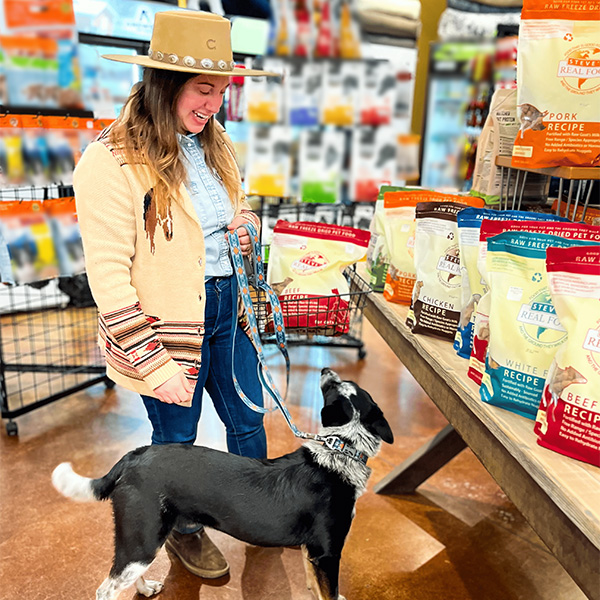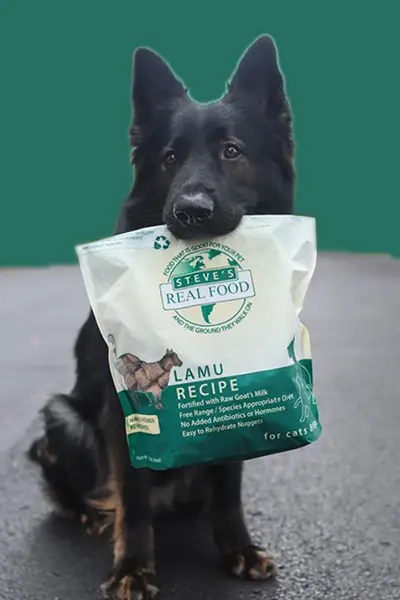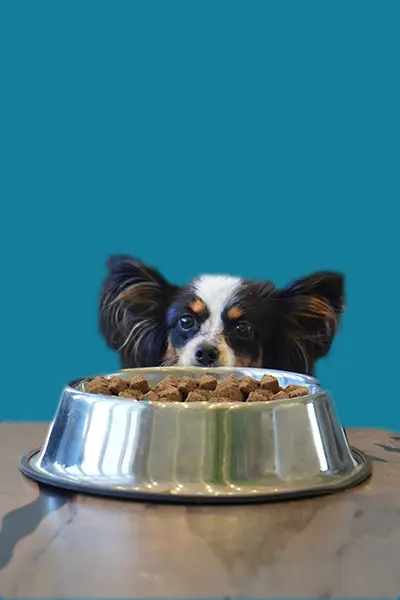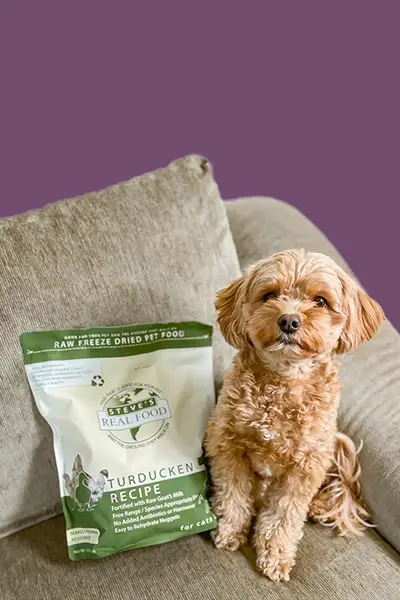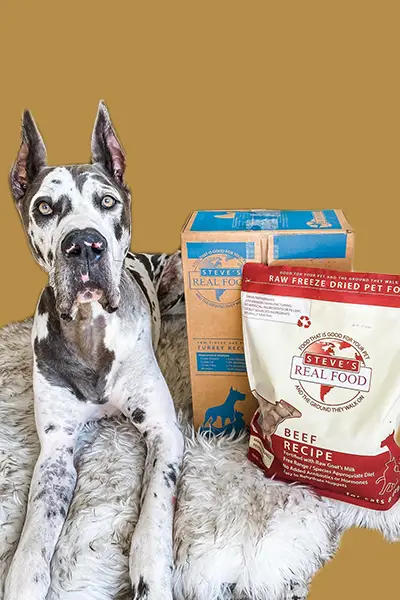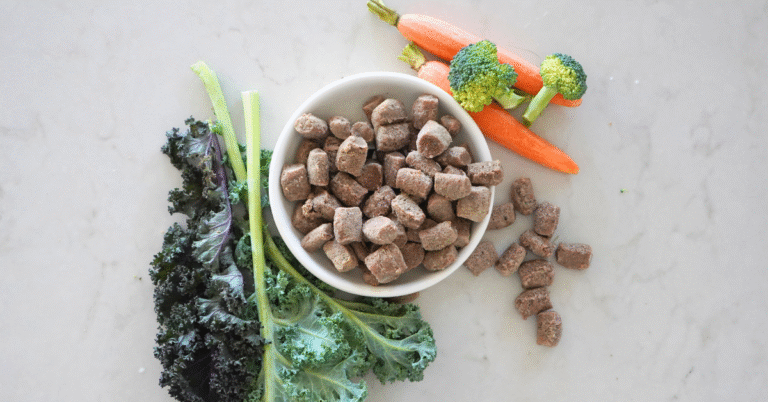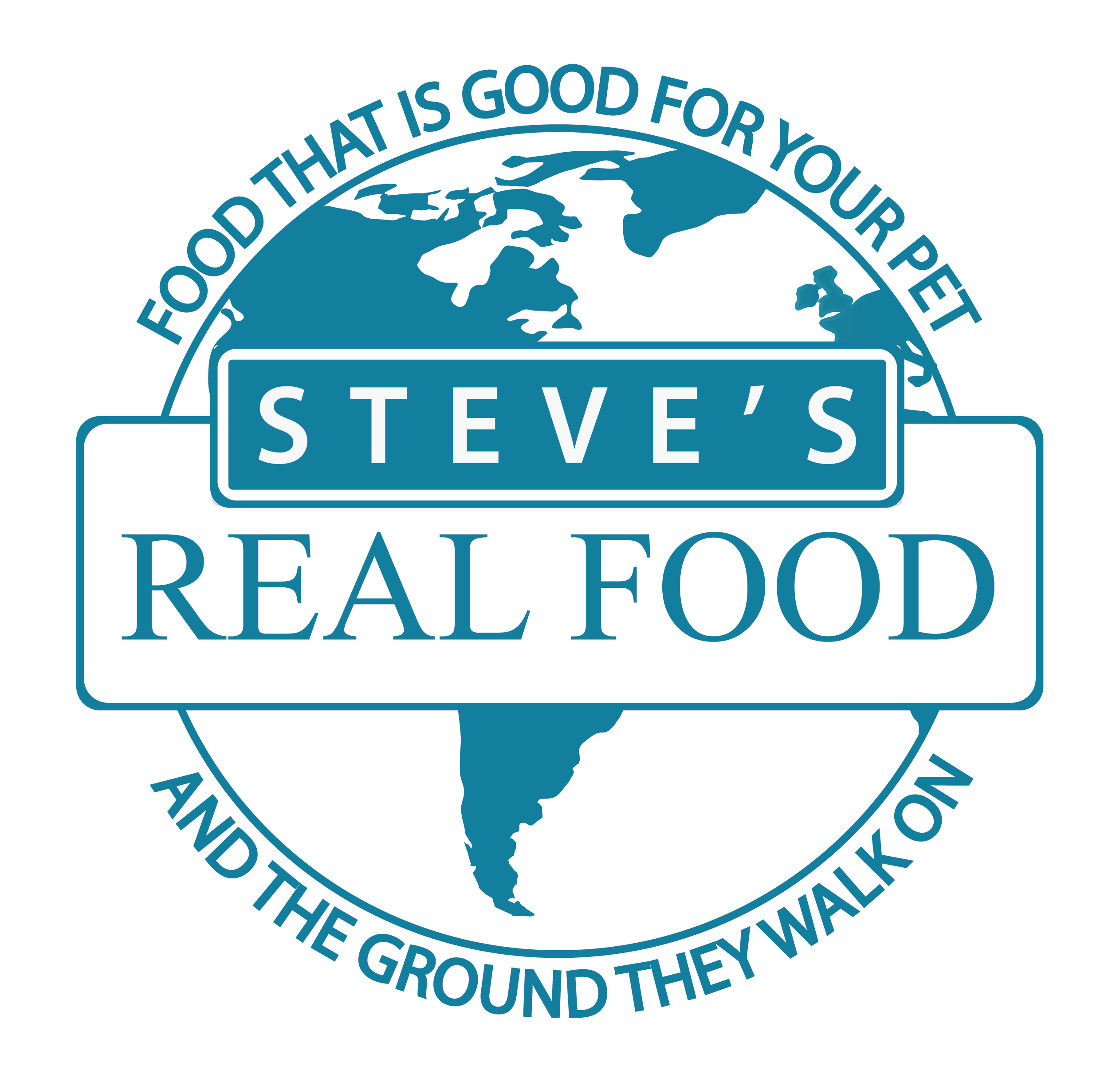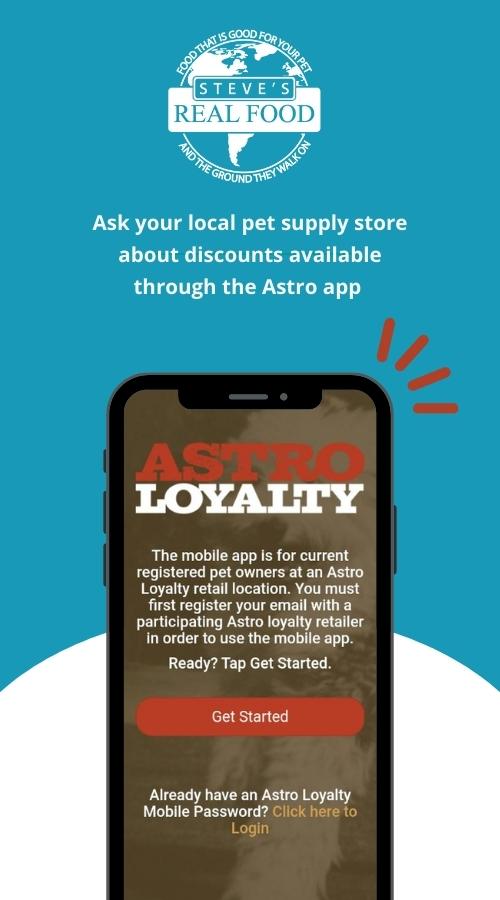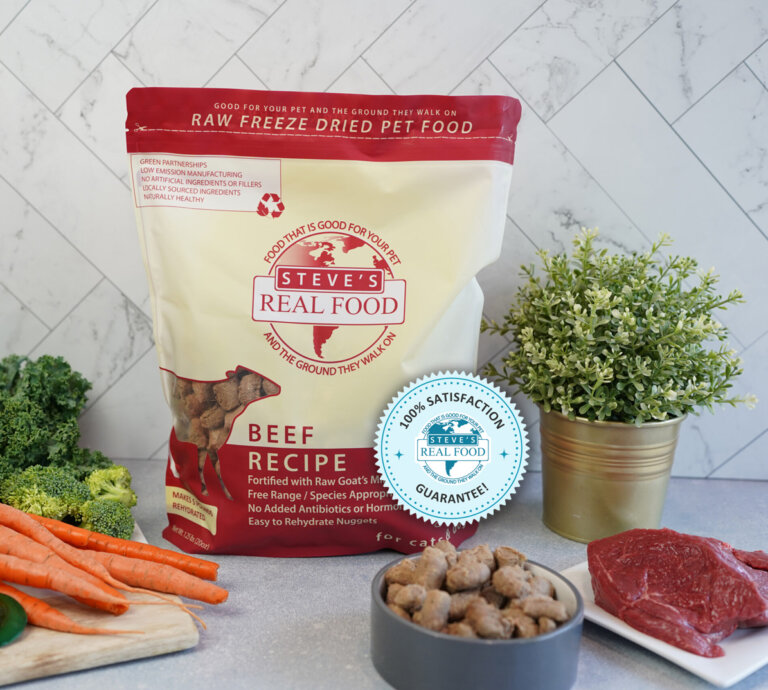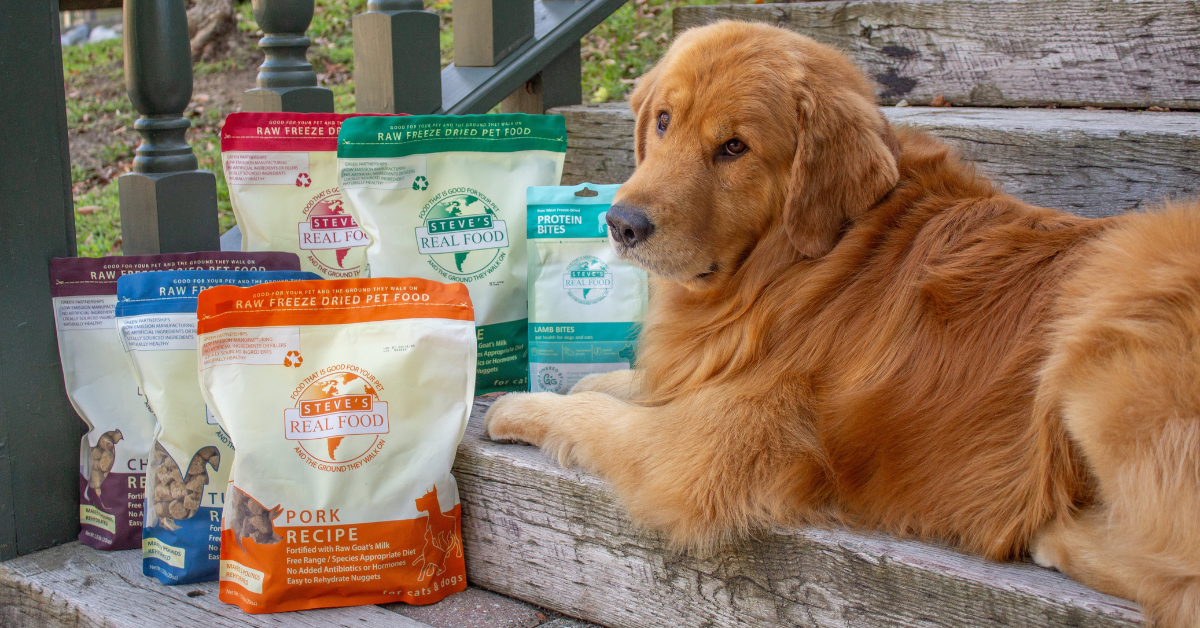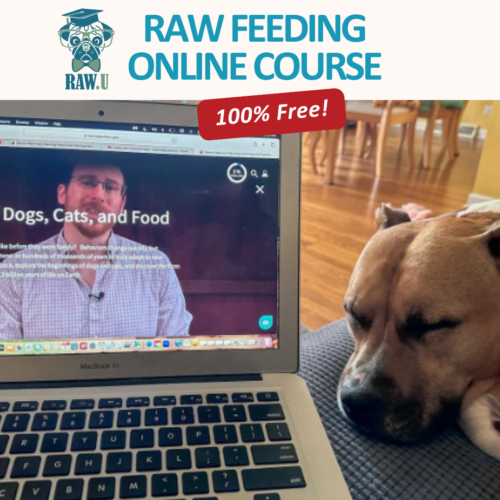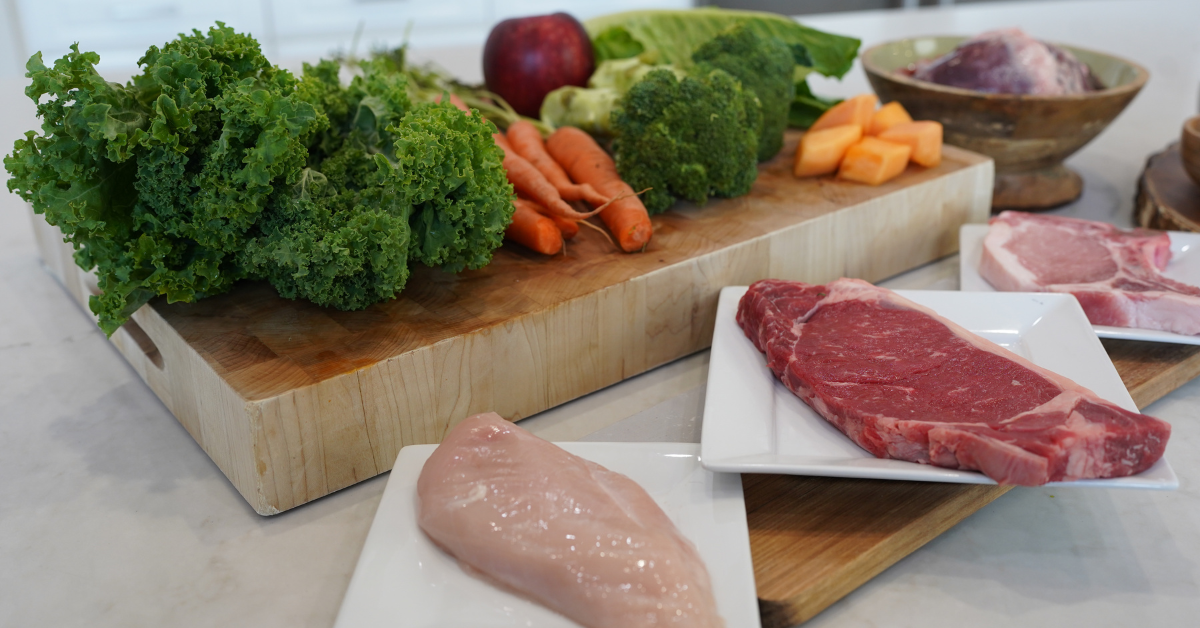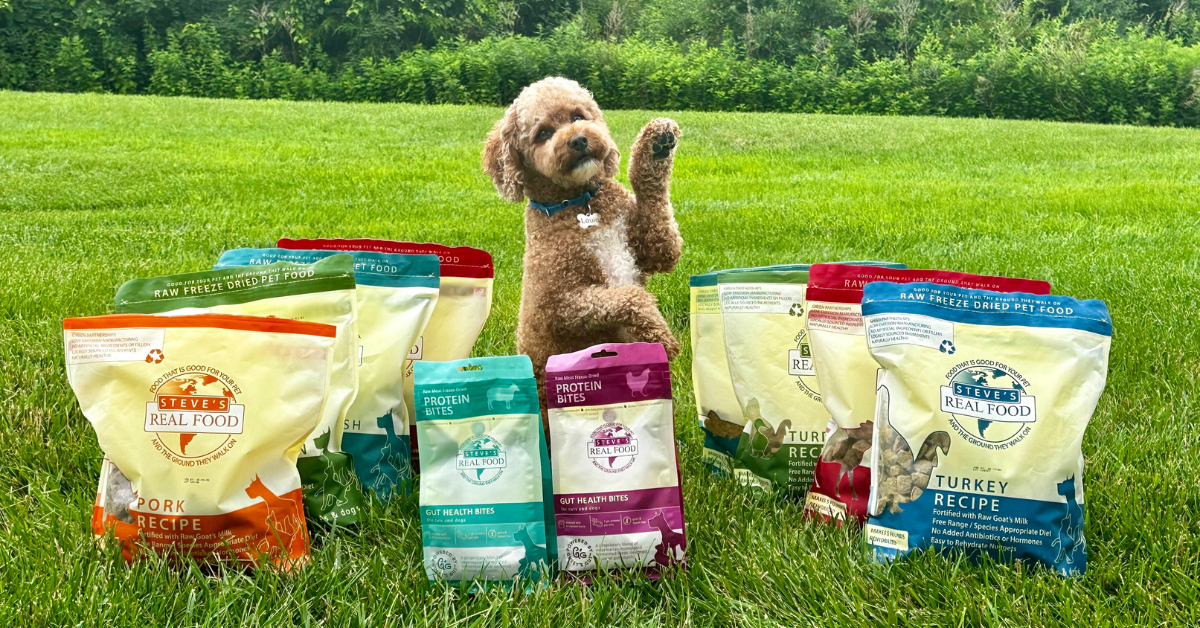About a quarter of dogs end up at the vet for skin issues! Nobody likes watching their dog struggle with uncomfortable rashes or painful skin conditions. Problems like a rash on a dog’s belly, bumps on their skin, or constant itching are no fun. But the good news is that what you feed your dog can make all the difference. At Steve’s Real Food, we believe in the power of fresh, real food to support healthy skin and a glossy coat. Let’s dive into how a raw diet can help your pet feel—and look—their best.
Common Dog Skin Problems and What’s Often Behind Them
Dog skin problems are widespread, but they usually indicate something’s off internally. Let’s take a look at some of the most common skin issues in dogs:
- Dog Rash & Redness: Noticing an angry red patch on your dog’s belly? It could be a reaction to food allergies, environmental irritants, or yeast overgrowth. Commercial dry dog foods often contain grains, artificial additives, or low-quality proteins that can trigger skin flare-ups, and rash on dog’s belly.
- Flaky, Dry Dog Skin: If your dog’s skin feels dry, rough or flaky, it’s a sign they may not be getting enough essential fatty acids or hydration. Kibble has an extremely low moisture content and often has to pull water from your dog’s body to be digested, dehydrating them further. Without proper moisture intake, their skin becomes dry, itchy, and more prone to irritation.
- Bumps and Lumps on the Skin: Small pustules or bumps on dog’s skin can indicate allergies, bacterial infections, or an inflammatory response to processed food ingredients. A diet lacking fresh, natural nutrients can weaken the immune system, making it harder for your dog to fight skin infections.
- Yeast Infections and Itchy, Smelly Skin: Does your dog constantly lick its paws or have a strong, musty odor? It could be yeast that thrives on sugar and starch, packed into many commercial kibbles. Most kibbles are loaded with starchy fillers like potatoes, rice, and corn. These ingredients can spike blood sugar levels, feed yeast, and trigger inflammation. Dogs have absolutely zero requirement for grains or starchy carbohydrates in their diet.
Many commercial pet foods contain preservatives, synthetic colors, and flavors that can trigger allergic reactions and exacerbate skin issues.
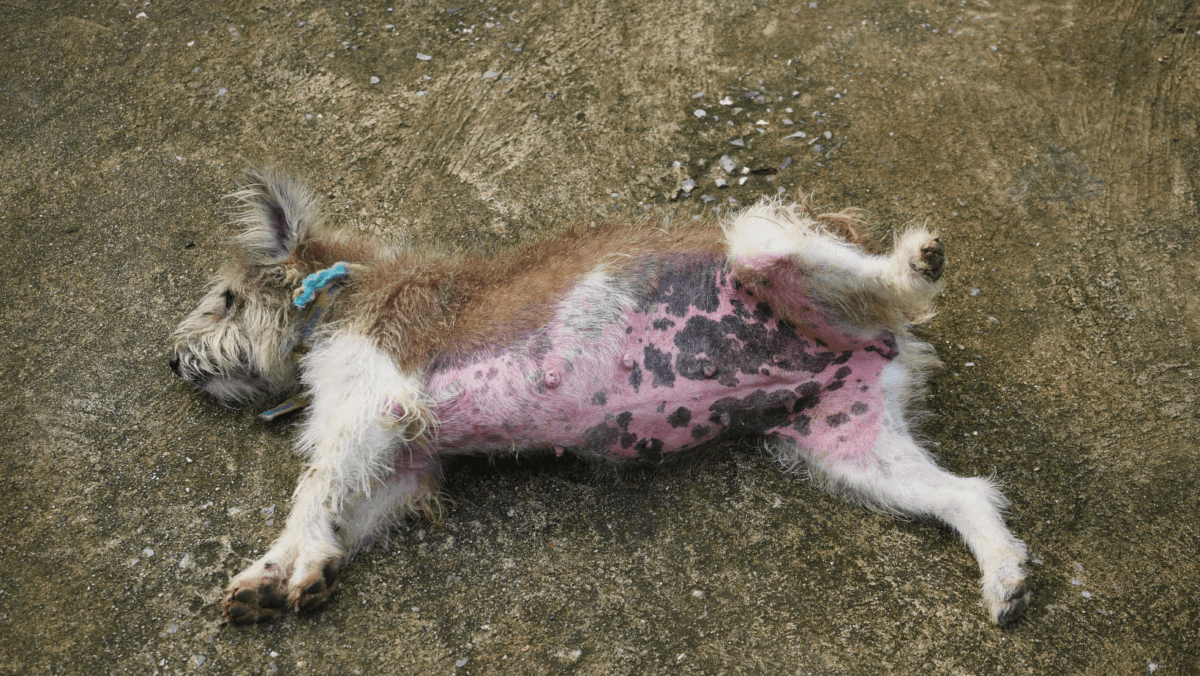
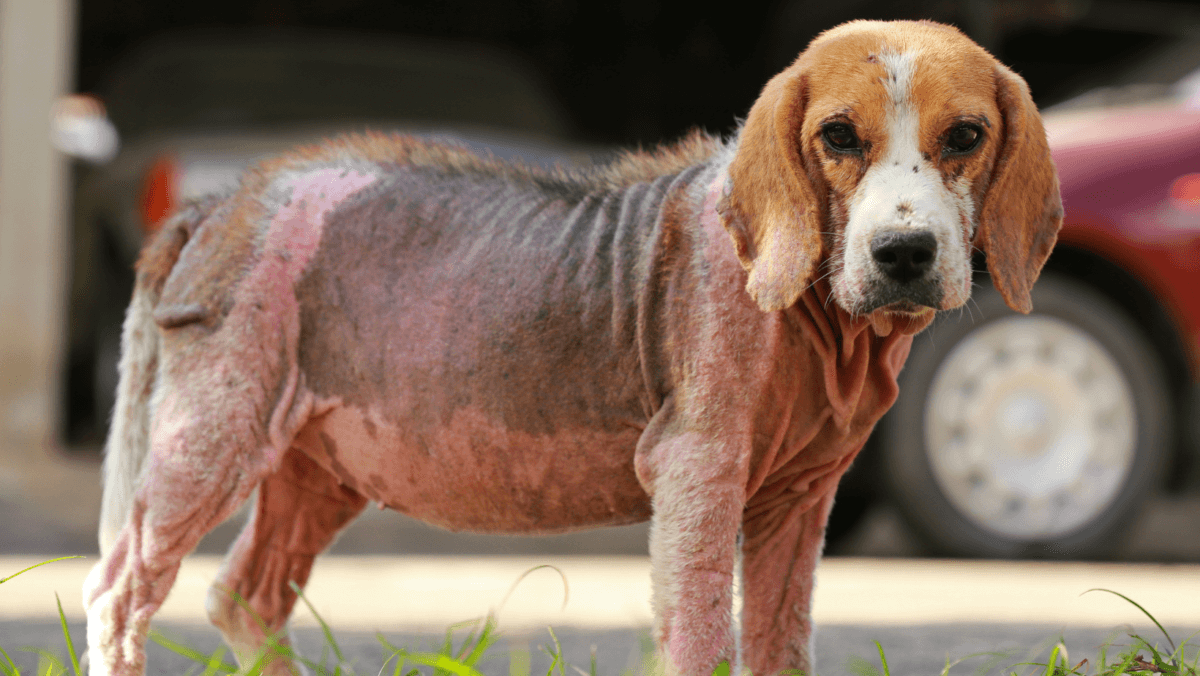

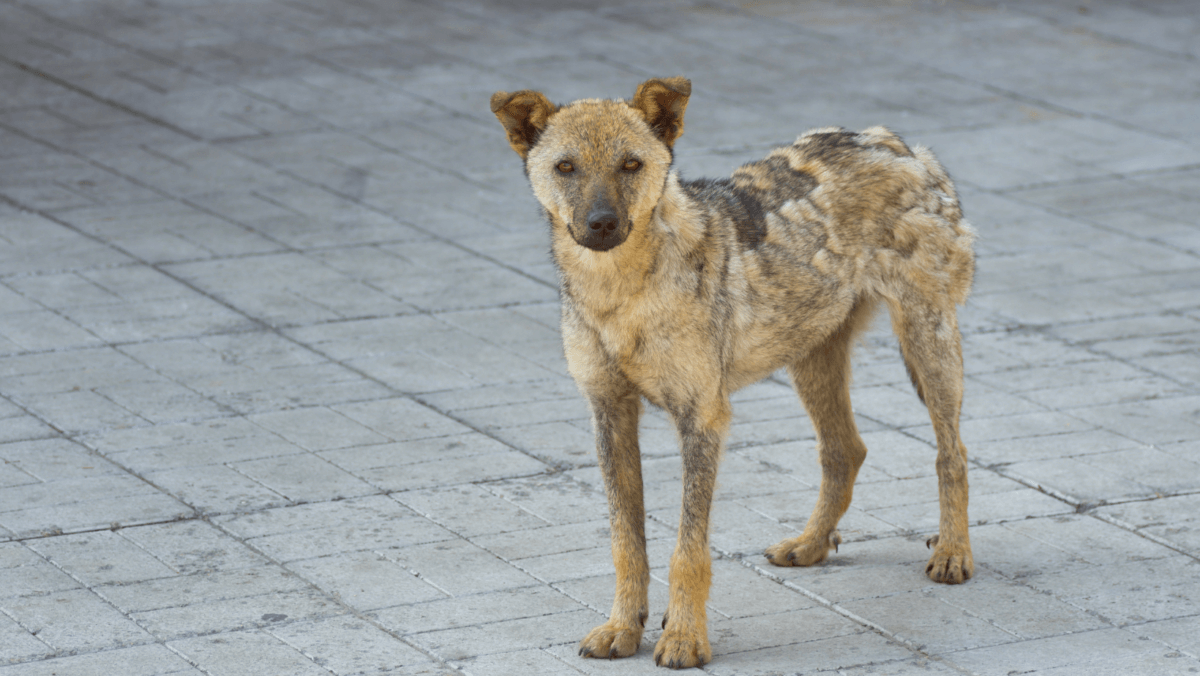
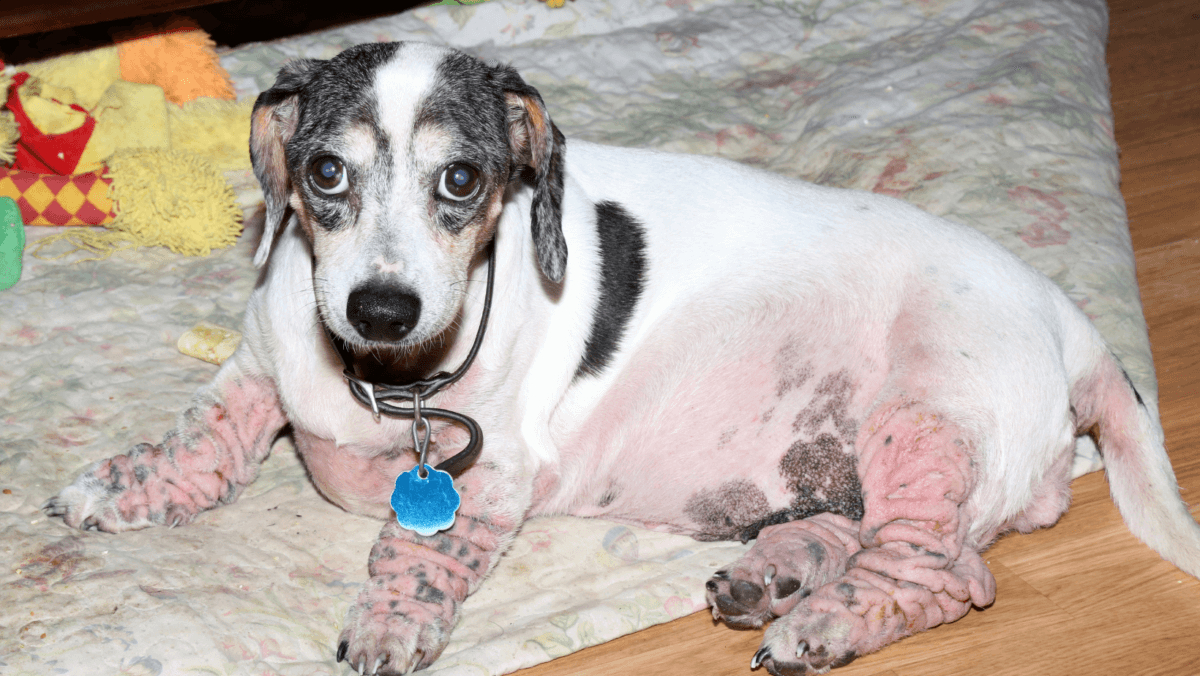
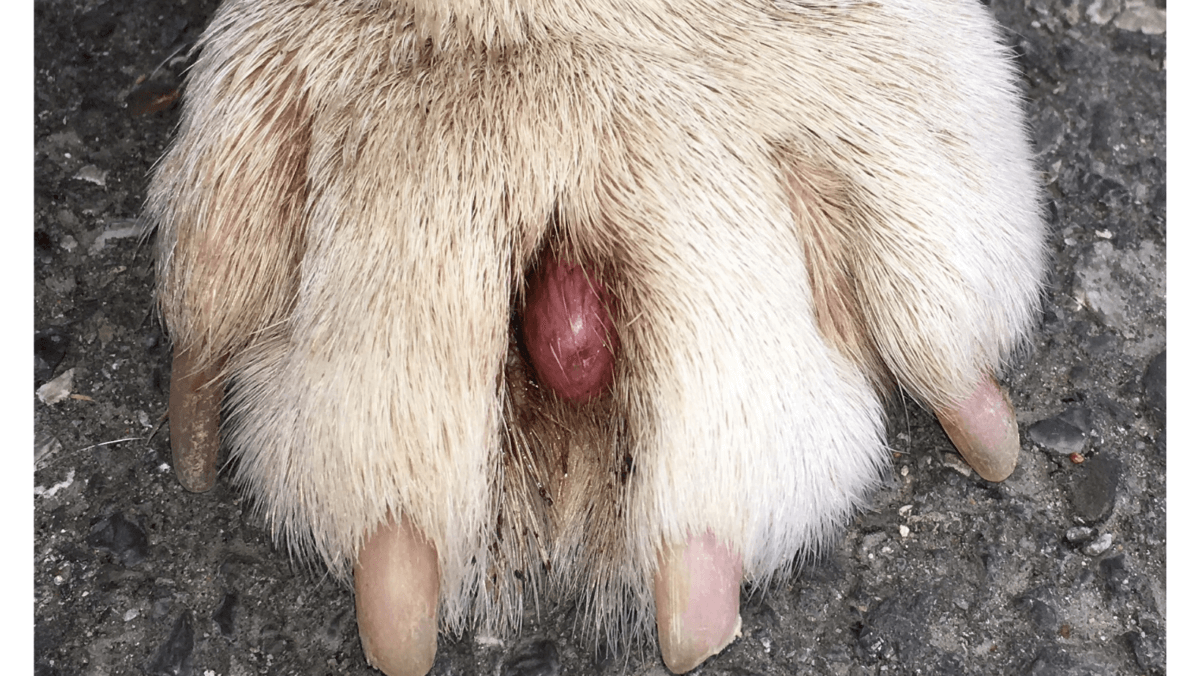
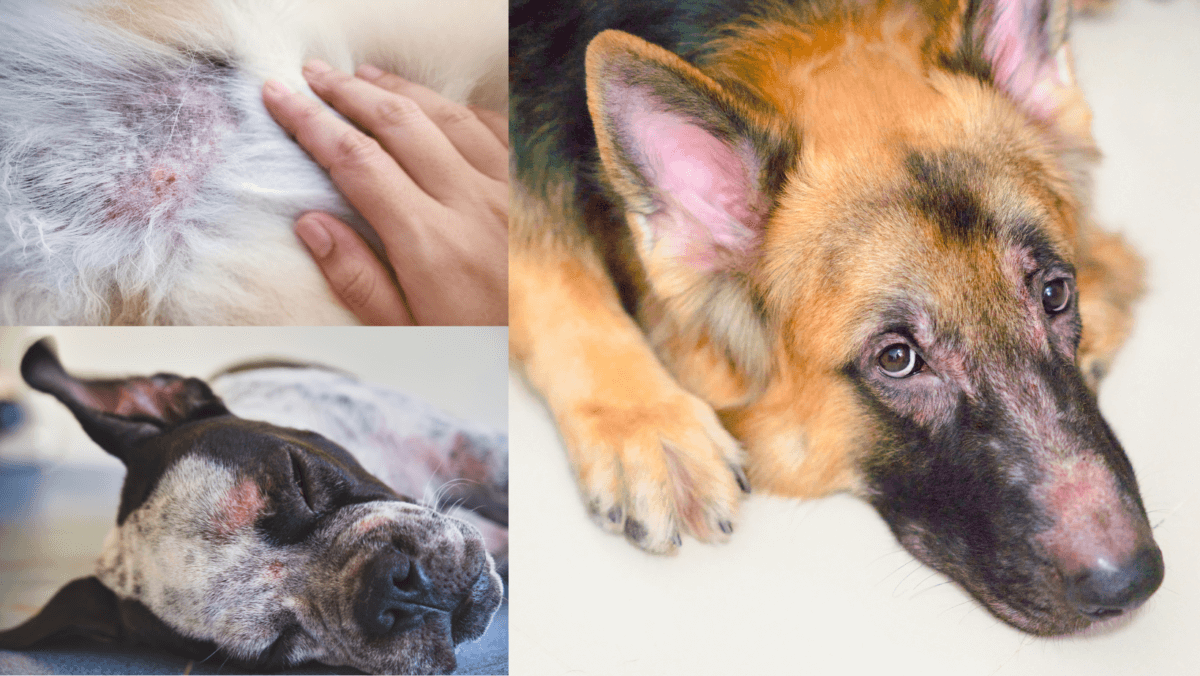
How Raw Food Supports Skin and Coat Health
Raw feeding isn’t just a trend—it’s a return to what dogs are meant to eat. This survey of over 200 dogs who switched to raw showed that more than 90% found relief from skin issues just by eating real food. Another study showed that puppies raised on raw are less likely to develop allergies later in life! Here’s how a raw diet helps promote healthy skin and coats:
- Bioavailable Nutrients: Raw meat, organs, and bones provide vitamins, minerals, and amino acids in their most natural form, making them easier for your dog’s body to absorb and use. Think about it like this: would your body prefer an orange or a vitamin C supplement pill? Bioavailable nutrients mean faster healing and better overall skin support.
- No Starch, No Problem: Since Steve’s raw diets don’t contain the starchy fillers found in kibble, they don’t feed yeast or contribute to inflammation. This can mean fewer rashes and less itching.
- Skin-Saving Fats: Fatty acids are essential for a healthy skin barrier and shiny coat. Raw diets contain natural omega-3s (from fish, chia seeds, and grass-fed meats) to reduce inflammation and moisturize skin.
- Hydration Boost: Raw food naturally contains high moisture levels from real, fresh meat, which helps keep your dog’s skin hydrated from the inside out. Hydrated skin is more elastic, less prone to irritation, and better equipped to fight off allergens and infections.
Probiotics & Enzymes: These can be found in abundance in raw food. Probiotics and enzymes are deactivated by high heat. They work together to support gut health, impacting skin conditions and allergy responses. Our previous blog on digestion goes into more detail about this!
Key Nutrients in Steve’s Real Food for Glowing Skin and Coats
At Steve’s Real Food, we craft our recipes with all body systems in mind. Here are some of the superstar ingredients that specifically support skin and coat health:
- Salmon Oil: A rich source of omega-3 fatty acids, salmon oil helps reduce inflammation, ease itching, and promote a healthy, glossy coat.
- Flaxseeds: These tiny seeds are packed with omega-3s and fiber, helping to nourish the skin from within.
- Coconut Oil: A very easily digestible form of medium-chain fatty acids required for skin and coat health.
- Eggshell Membrane: A natural source of collagen and elastin, eggshell membrane strengthens skin structure and promotes a resilient, shiny coat. Eggshell membrane is also rich in hyaluronic acid, which can support skin and coat hydration.
- Lean Proteins: High-quality proteins provide amino acids that repair skin cells and strengthen hair follicles.
- Organ Meats: Liver, kidney, and heart are packed with vitamins A and B, which improve coat texture and reduce dryness.
- Fruits & Vegetables: Broccoli, apples, and carrots offer antioxidants that protect skin cells from damage and help prevent premature aging.
At Steve’s Real Food, we’re committed to using ethically sourced, sustainable ingredients. Your dog deserves the best, and so does the planet. Check out our sustainability efforts here!
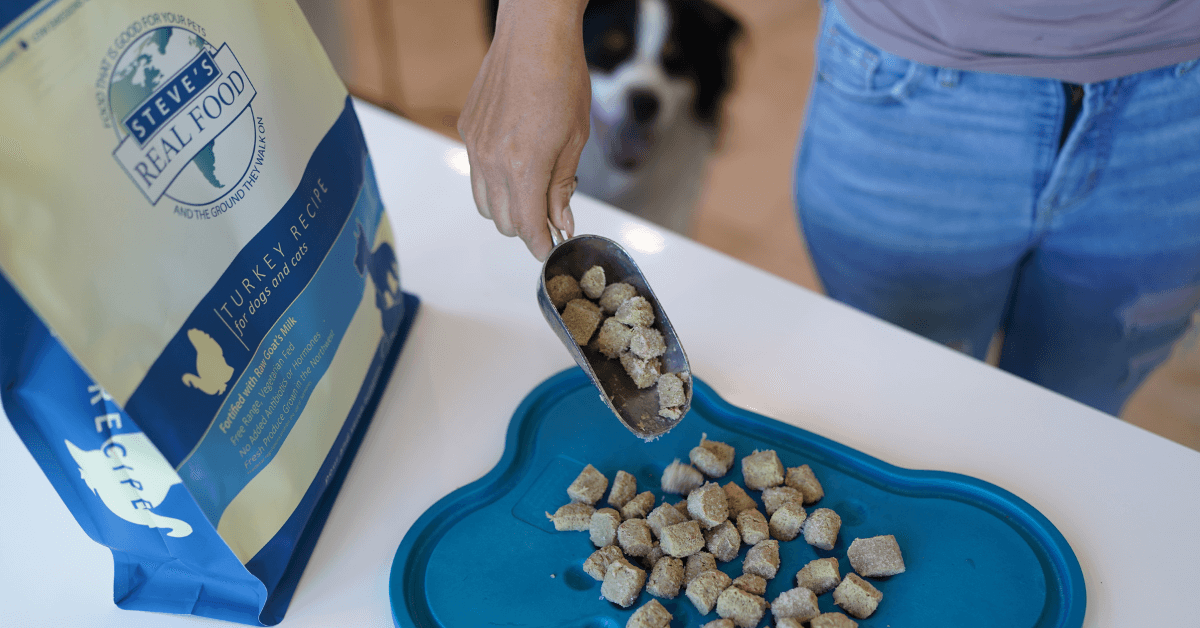
Give Your Dog the Gift of Healthy Skin
Your dog’s skin and coat are more than just a pretty feature—they are a reflection of their overall well-being. If they’re constantly scratching, dealing with rashes, or struggling with chronic skin issues, it’s a sign that their diet needs to change. Ready to see the difference a raw diet can make? Find a store near you using our Store Locator or buy online at RawPetFood.com, the official online store of Steve’s Real Food!
 Beef
Beef Chicken
Chicken Whitefish
Whitefish Pork
Pork Lamb
Lamb Turkey
Turkey Turducken
Turducken All Protein
All Protein Beef
Beef Chicken
Chicken White Fish
White Fish Pork
Pork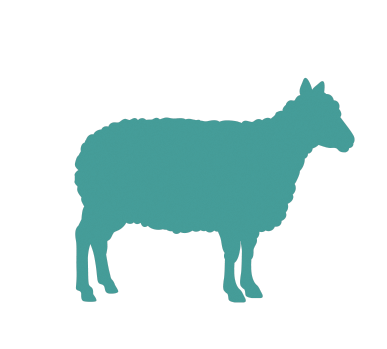 Lamb
Lamb Turkey
Turkey Duck
Duck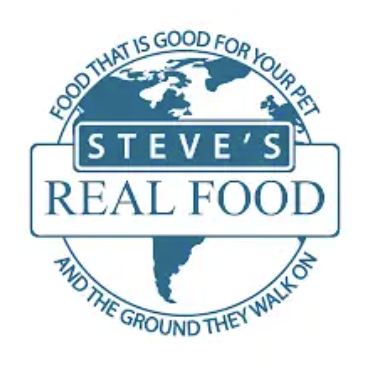 All Products
All Products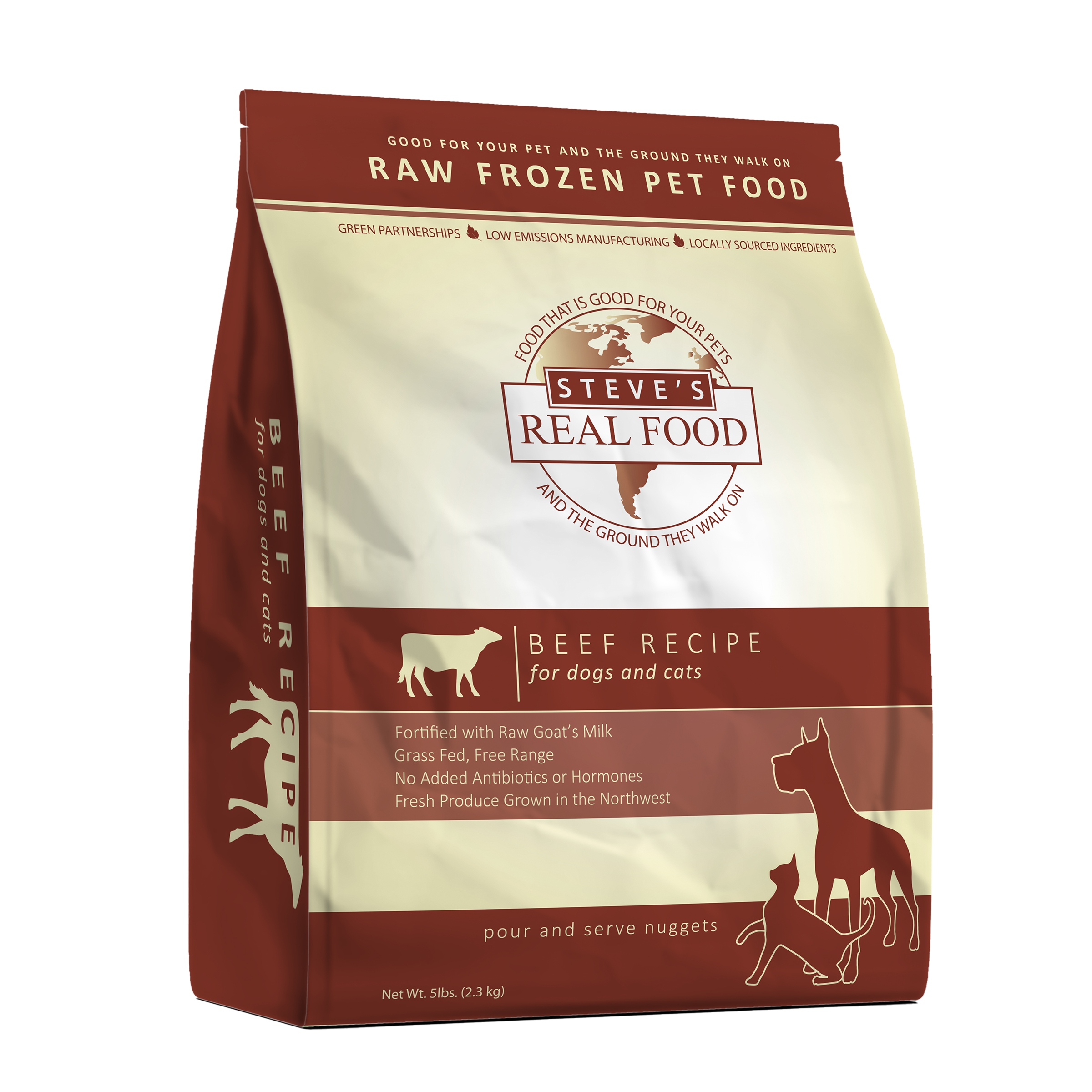 Frozen Raw Pet Food
Frozen Raw Pet Food
 Freeze Dried Raw Pet Food
Freeze Dried Raw Pet Food
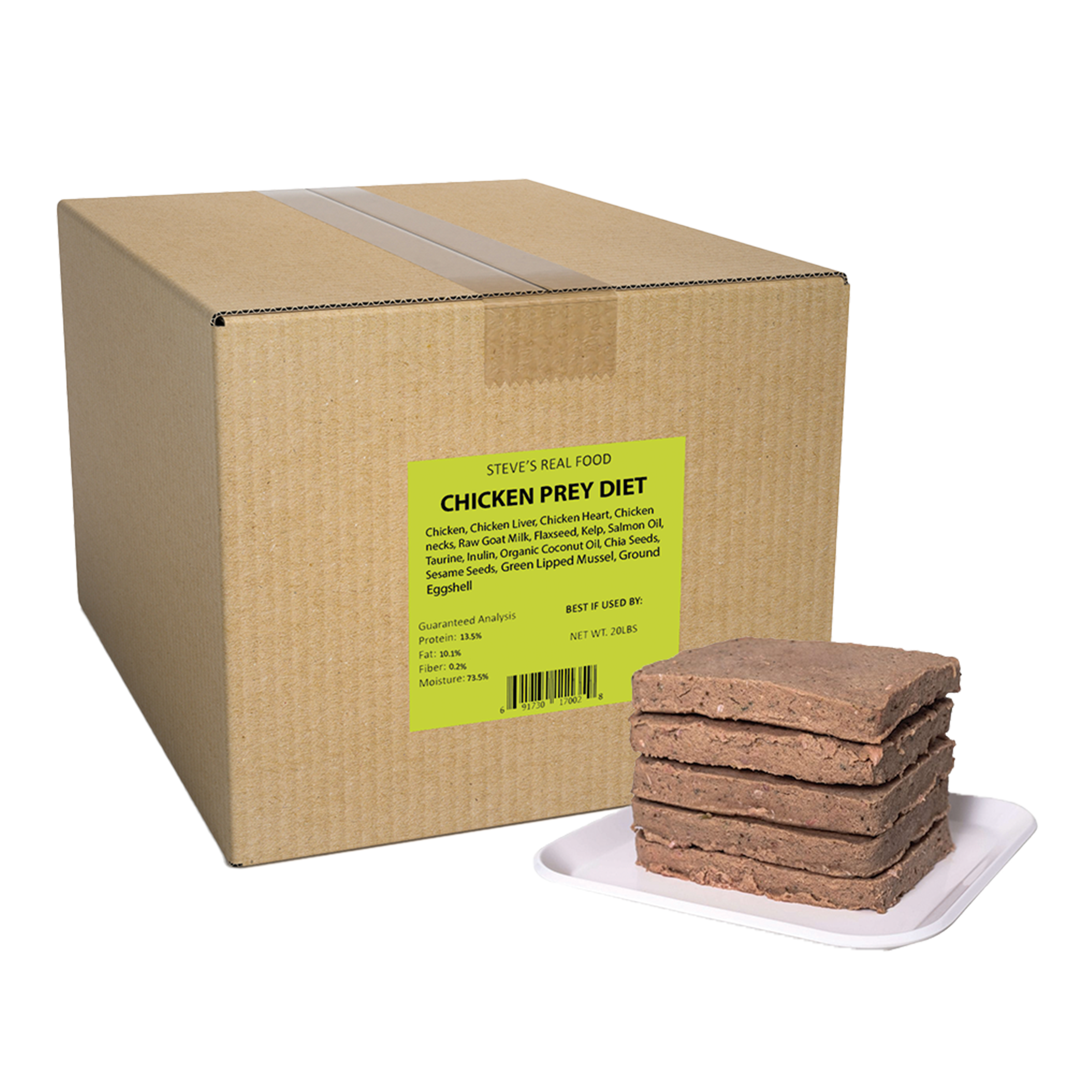 Frozen Prey Diet
Frozen Prey Diet
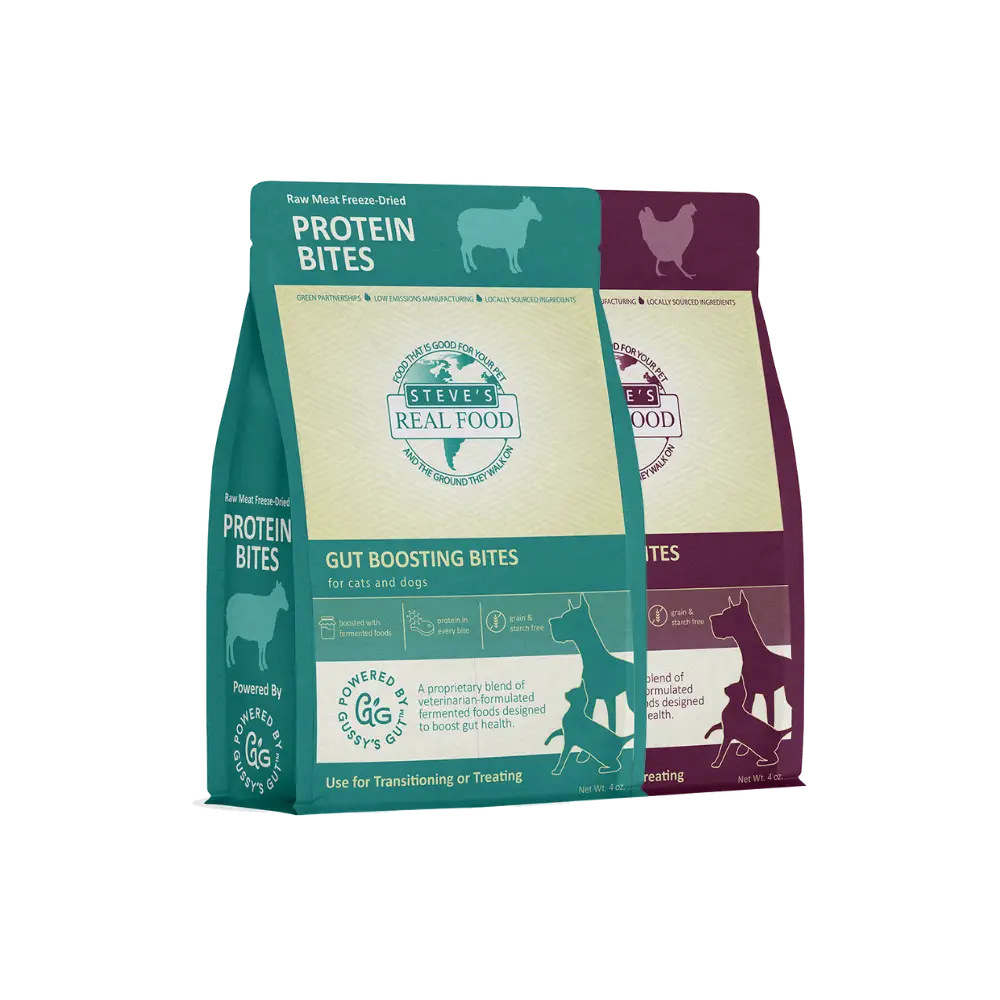 Freeze Dried Protein Bites
Freeze Dried Protein Bites
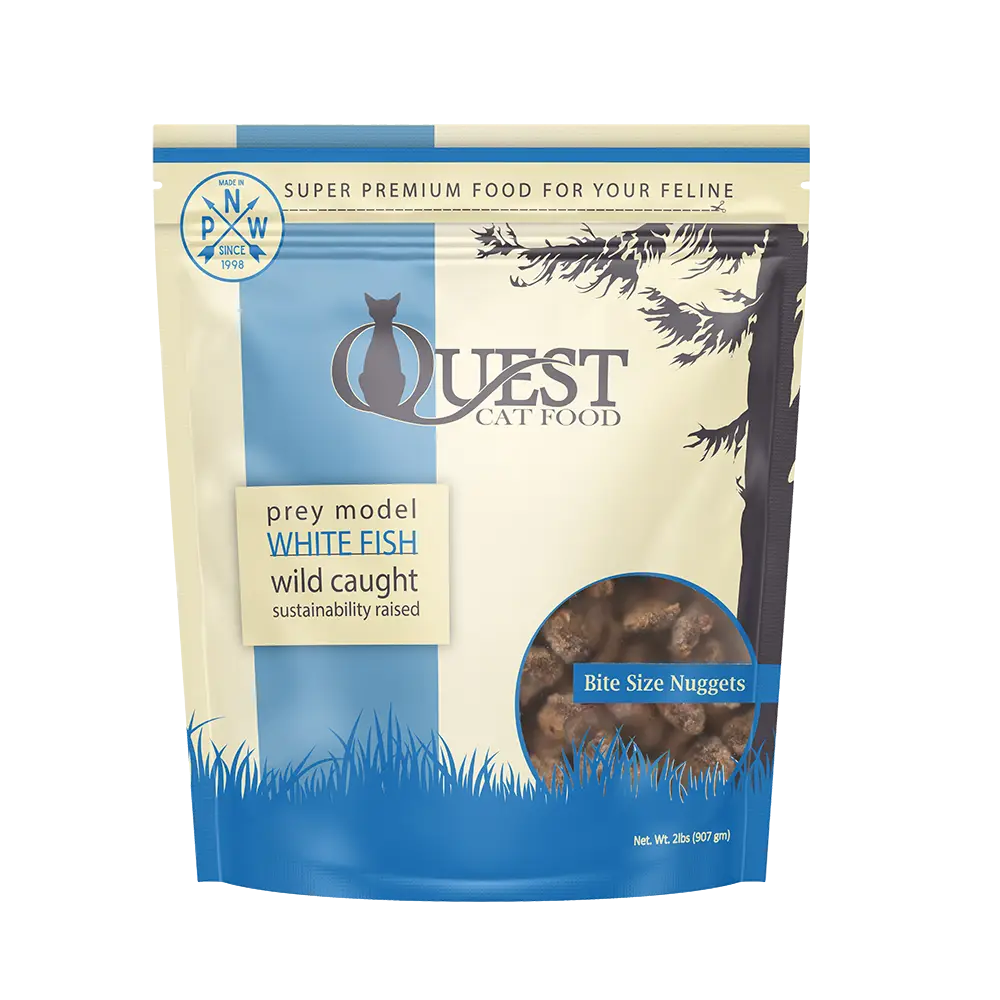 Frozen Quest
Frozen Quest
 Freeze Dried Quest
Freeze Dried Quest
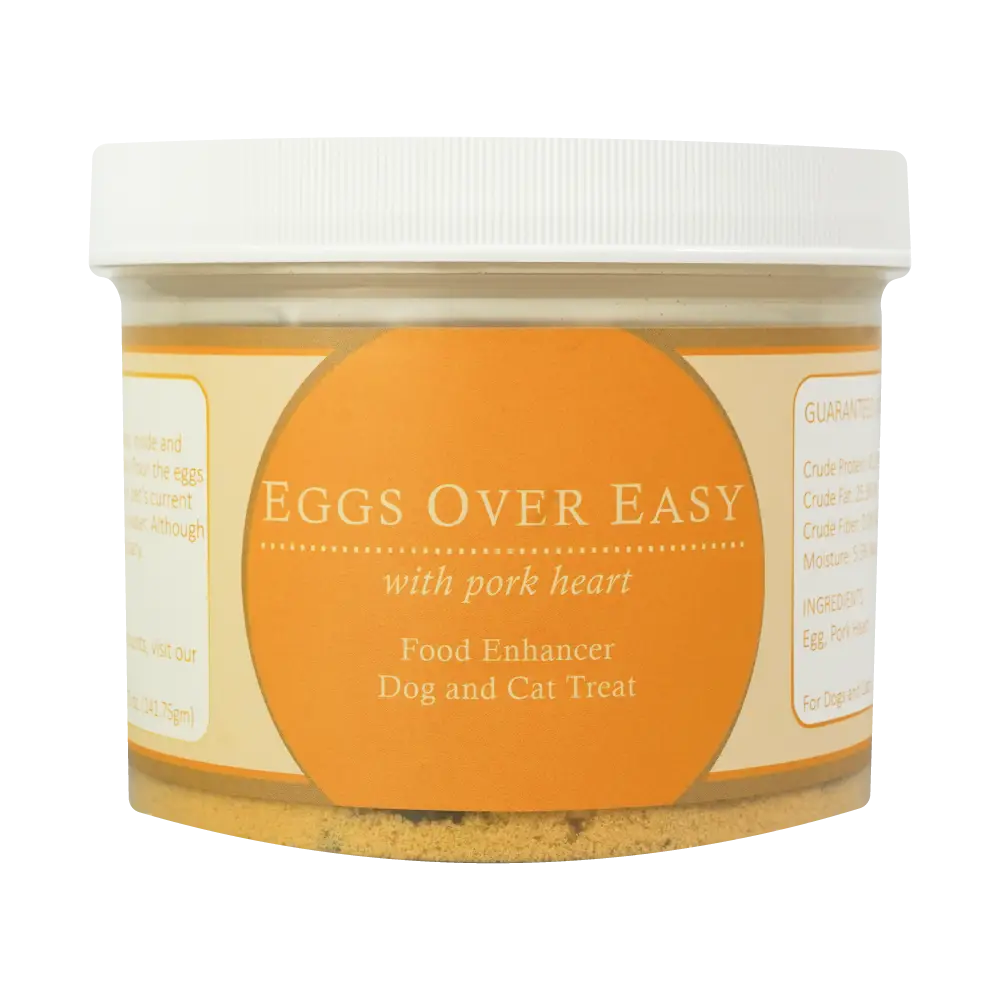 Eggs over Easy
Eggs over Easy
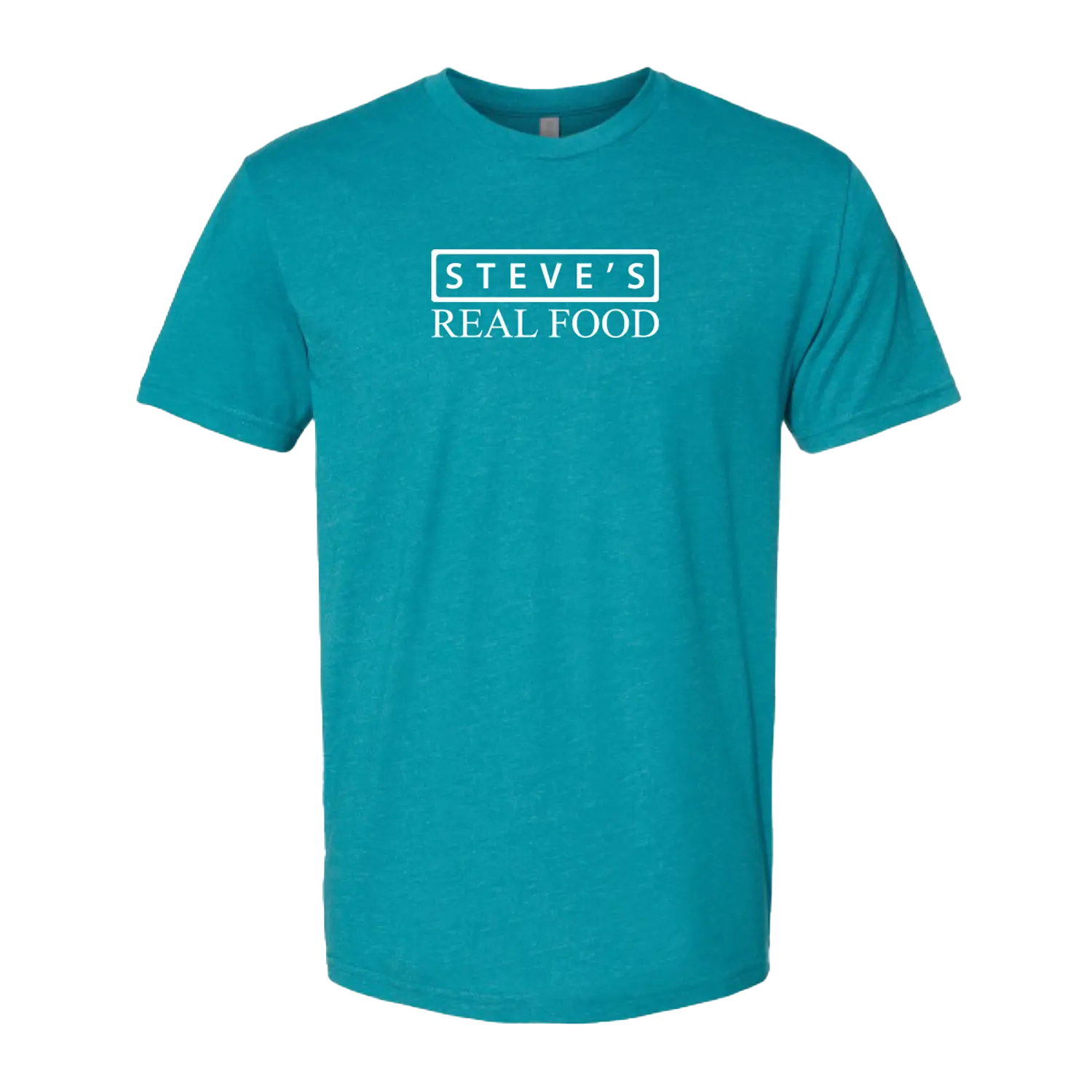 Steve's Merch
Steve's Merch 